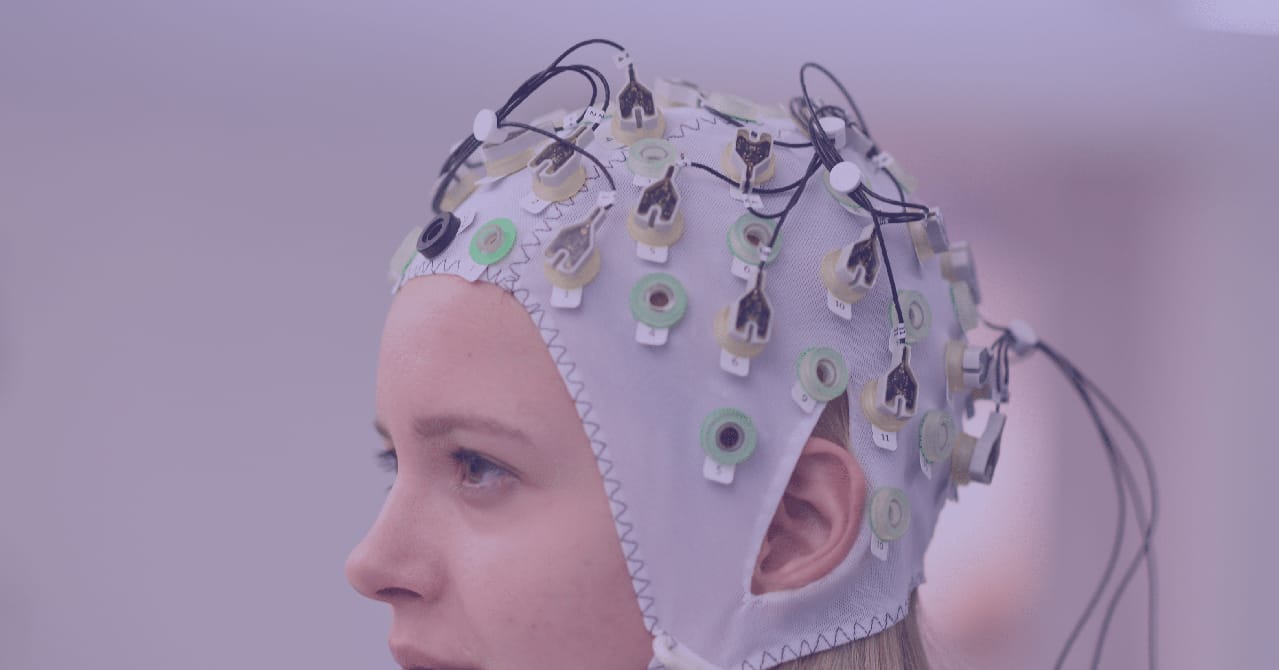Neurocognitive Training: The Next Level in Education
NEUROSCIENCE | April 1, 2020
Read time: < 1 Minute

Divine Mercy Academy was created because we saw a problem in the way our current education system deals with students who consistently struggle with core curriculum - subjects like reading, writing, science and math. The individuals we’re referring to are most commonly students who struggle with learning differences such as dyslexia or ADHD. These students who don’t perform as well as the rest of the class are either separated into rudimentary-level classes or get held back a year. Holding these students back or segregating them into lower-level classes fails to address the root of the issue at hand: the student’s ability to learn.
The overarching problem we’re dealing with is the perception that there is an effective, universal way to teach curriculum. We all know the traditional curriculum for the classroom: about 30 students or so sitting in desks pointed towards the front of the classroom where the teacher uses tools like the chalkboard or a PowerPoint presentation for teaching the day’s material.
This is a nightmare for some students. For example, students with ADHD are unable to sit still or maintain focus in such a setting. They become labeled as “disruptive” or “unwilling to participate productively” all because the teaching staff is unaware or unsure of the underlying problem or how to deal with it.
There is also a problem with separating students into different classes based on their learning level. Segregating students clearly points out to students a hierarchy of intelligence and where they fall on the ladder. This causes a myriad of social issues. Kids are left to think they’re not as smart than the rest of their friends or saddened by the fact that they don’t get to see them as much throughout the school day. Some students are even bullied due to the perceived intellectual inferiority.
So how do we fix this?
Unfortunately, there’s no easy fix. But we can start implementing new and more informed strategies to help ALL students learn, no matter their differences. At DMA, we believe that neuroscience plays a significant role in this fix because when it comes down to it, learning occurs in the brain. So let’s explore how neuroscience can and is being implemented in the classroom.
The most important thing to understand about the human brain is its neuroplasticity. Neuroplasticity refers to the brain's ability to reorganize itself by forming new neural connections throughout life. Neuroplasticity allows the neurons (nerve cells) in the brain to compensate for injury and disease and to adjust their activities in response to new situations or to changes in their environment. So what this means is that with the proper training, we can reorganize the neural connections in our brain for it to perform more effectively on specific cognitive tasks like reading and writing.
DMA is one of a few institutions using neuroscience in education through tools like EEG.
The Haskins Global Literacy Hub (HGLH) is a non-profit research lab associated with Yale. Motivated by scientific evidence pointing to literacy as a crucial stepping stone to escaping poverty and leading healthy, productive and fulfilling lives, their goal is to improve language and literacy outcomes for at-risk children across the globe. They have created multiple projects to achieve this.
The “Specialized Literacy Training and Education” Project is similar to what we do here at DMA.
This project trains teachers to do hands-on research to better understand their students’ brain activity and identify neurological markers that signify progress or problems. The project partners with two schools, the Windward School and AIM Academy, which serve students with language-related differences like dyslexia.
The researchers from HGLH train and guide teachers to use EEG. An EEG is a measurement of electrical patterns at the surface of the scalp which reflect cortical (outer brain layer) activity, commonly referred to as ‘brainwaves’. Here’s a quick video if you’d like to see this piece of technology in action.
Teachers monitor incoming students in grades 1-6 twice a year (with students’ and parents’ consent). The teacher explains to the student how they place the EEG cap, and shows on the computer how the sensors catch brain activity when the student blinks or moves her head. For each session, the teacher will go through tasks on speech and text perception with the student for about an hour. At the end of the session, the student also gets time to ask any questions they have for the teacher.
This exercise is used to illuminate the problem areas of the student’s brain which in turn the educator will use to create a neurocognitive-based curriculum. By utilizing the neuroplasticity of the brain in conjunction with targeting those problem areas, we can repair the broken neurological connections and teach the brain how to learn.
This is a key differentiator in the DMA curriculum that’s seldom being practiced in the world right now. And it is how DMA plans to change the stigma of children with learning differences, showing that all students can learn - they just learn differently from everyone else.
- Liquid Software
- 555-555-5555
- liquidsoftwarellc.com
© Copyright 2025 Liquid Software L.L.C. Web Design by Top Shelf Creative Studios.



